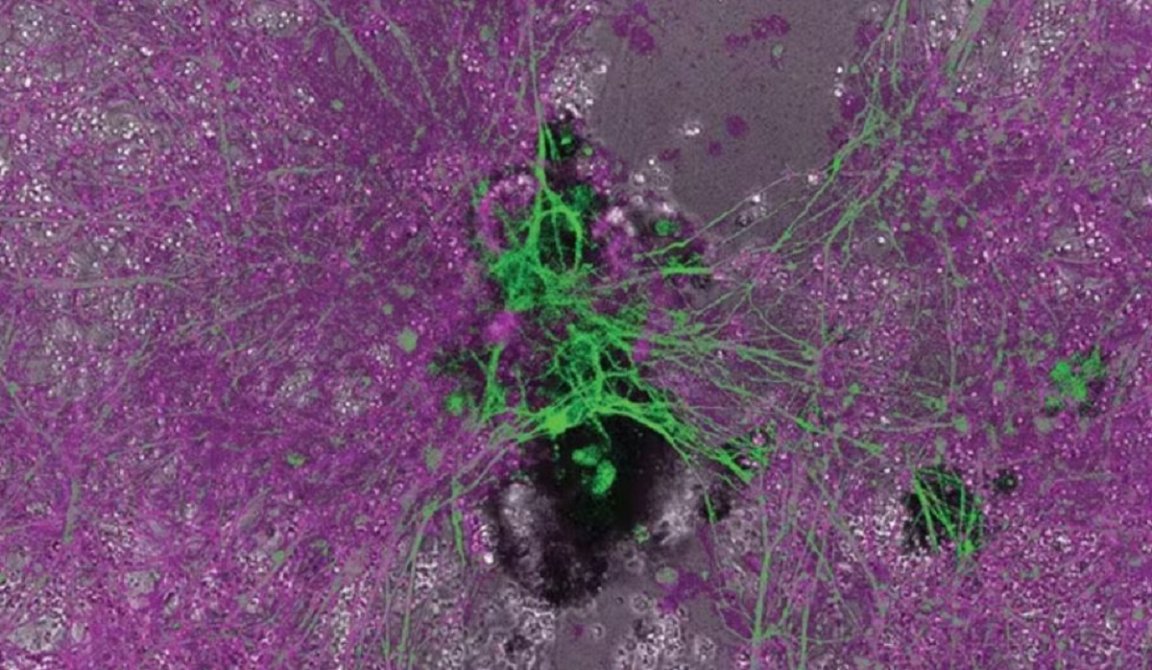
Over the past several years, scientists have repeatedly demonstrated that the cells of various organisms can be repurposed into biological robots, representing stunning advancements in the field of synthetic biology.
Some types, like anthrobots, used human cells that could self-assemble into small, hairy structures capable of moving by themselves. Others, like xenobots, are a bit freakier: scientists created these from the cells of already dead frogs, which seemingly cheated death by remaining capable of performing simple tasks and even self-replication.
Now, in a new review published in the journal Physiology, researchers are contemplating the implications of taking cells — from organisms dead or alive — and essentially turning them into machines with totally new functions. Namely, that this points to a biological “third state” — one that doesn’t neatly fit into the categories of life and death.
“The third state challenges how scientists typically understand cell behavior,” biologists Peter Noble and Alex Pozhitkov, co-authors of the review, wrote in an essay for The Conversation.
It’s the fact that the biobots developed new functions that truly sets them apart, because “there are few instances where organisms change in ways that are not predetermined,” the researchers write. While other transformations, like caterpillars metamorphosing into butterflies, are radical, they’re still part of a predetermined biological path. Cancer cells are also excluded, because they don’t exhibit new functions, either.
But here’s how the biobots are different. Though the aforementioned anthrobots, for example, were taken from human lung cells, they were somehow able to repair damaged neuron cells placed nearby in a petri dish, which they were able to move to on their own using writhing, hair-like projections called cilia. The anthrobots weren’t engineered or programmed to do this — they just did it on their own.
The xenobots also developed cilia-based mobility, which is novel, because in the frog cells they were derived from, the cilia are used to move mucus — not the cells themselves, according to the researchers. The xenobots are also capable of self-replicating without growing, or essentially repairing themselves.
“Taken together, these findings demonstrate the inherent plasticity of cellular systems and challenge the idea that cells and organisms can evolve only in predetermined ways,” Noble and Pozhitkov wrote. “The third state suggests that organismal death may play a significant role in how life transforms over time.”
Both types of biobots last no more than 60 days, and safely biodegrade once they’re dead. But it’s unclear how these repurposed cells are able to live so long after their organism dies, the researchers said. We also don’t know the extent of their ability to develop new functions postmortem.
This all sounds very spooky, but the medical and therapeutic possibilities that could be unlocked by exploring these questions could be game-changing. Anthrobots created from a human patient’s own cells could be programmed to repair damaged ones, deliver drugs, and weed out cancerous growths.
“A better understanding of how some cells continue to function and metamorphose into multicellular entities some time after an organism’s demise holds promise for advancing personalized and preventive medicine,” the researchers conclude.
More on biological robots: Scientists Build Biological Robots From Human Cells